A Model
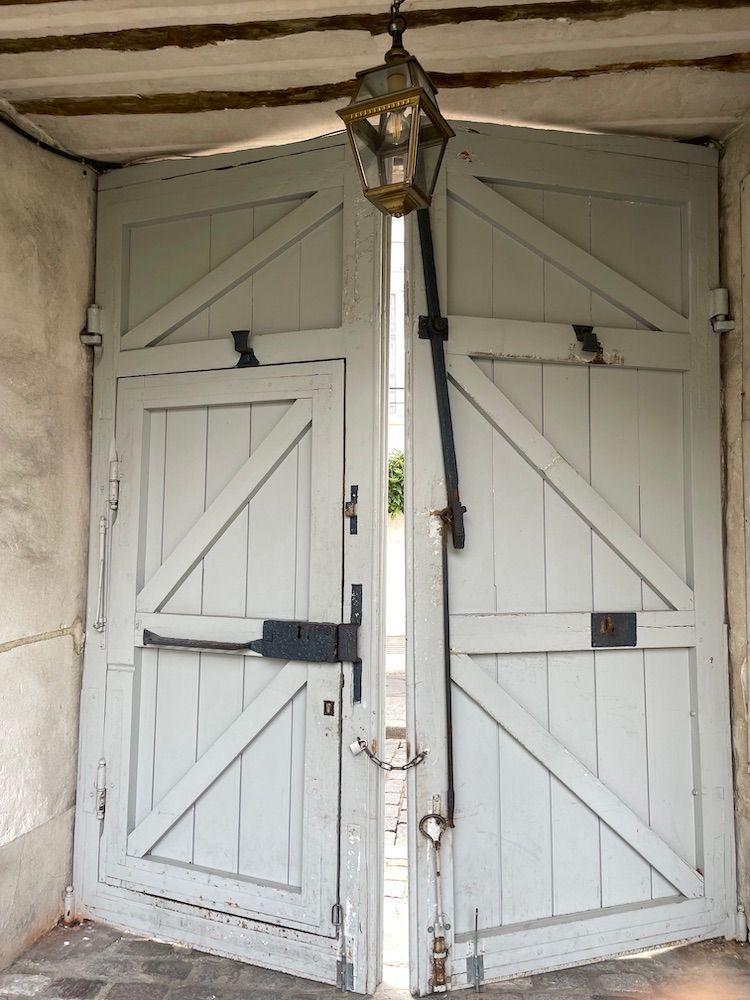
Friday, 6 October
Earlier this week, I felt an urge to get away, to be reminded that Paris is more than its currently frantic, disfigured centre. Along with pervasive road and building work that I have written about in previous postings, there’s now the Rugby World Cup Village blighting the place de la Concorde.
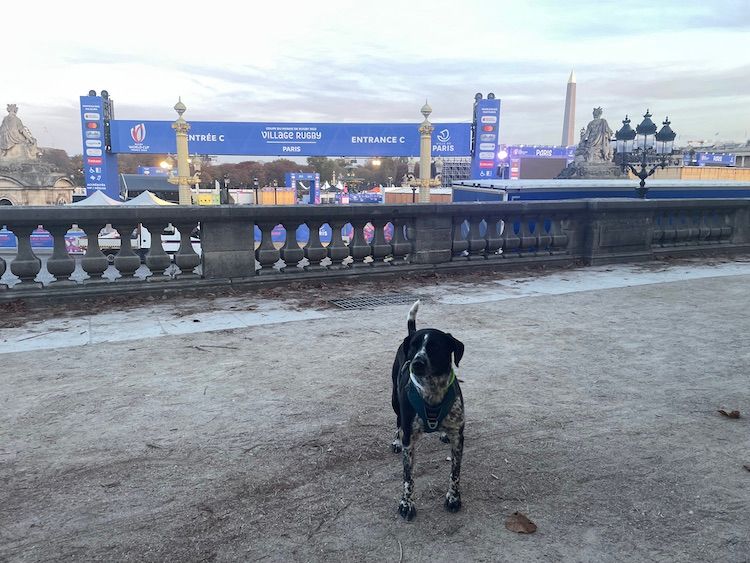
This week the fashionistas joined the sports fans for Fashion Week, meaning the Tuileries Gardens, already a work site, are further uglified with tents and the bi-annual Dior cube (three weeks to assemble, two weeks to dismantle, 12 minutes of fashion show).

Once again a small museum provided the antidote, this time not the Fondation Custodia next door but the Musée de Montmartre, a direct Métro ride away.
Just stepping out of the Lamarck-Caulincourt Métro is entering another world. Unlike down here in the flat former swamp that is the 7th arrondissement, Montmartre is criss-crossed with sloping streets and steep staircases. It’s a picture postcard Paris overrun with tourists, but there are enough Parisiens in residence to keep it real.
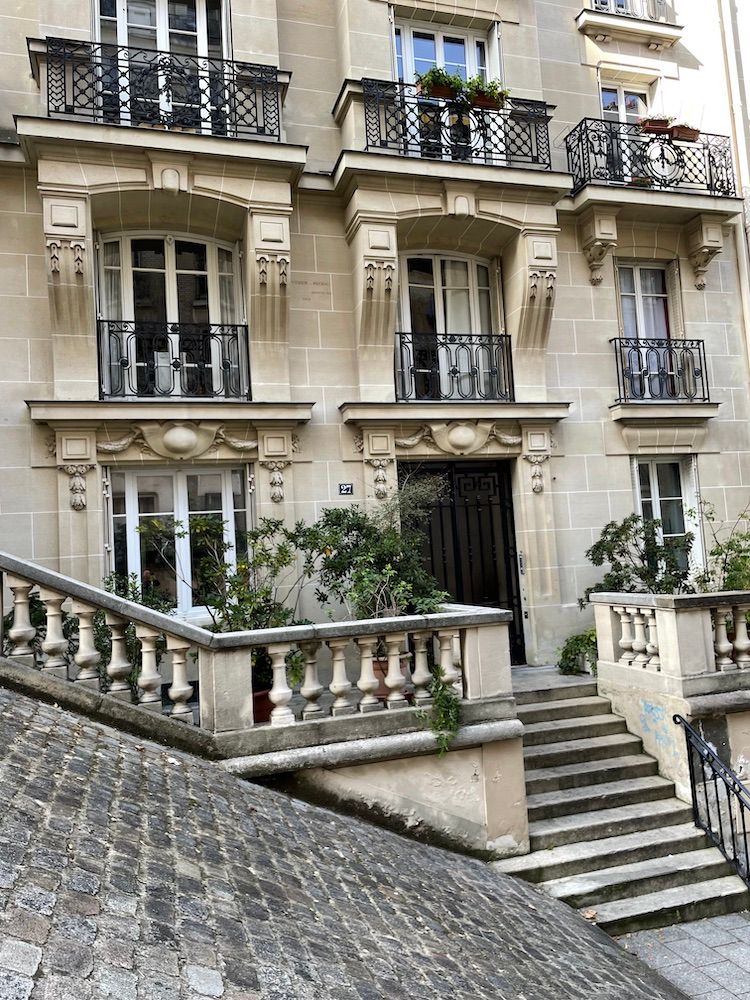
The museum is a complex of renovated old buildings and well-tended gardens that was a scruffier denizen for artists from Degas to Renoir to Picasso, when the quartier was the hub of the Bohemian Paris art world. The artwork isn’t much to write a blog about, but the setting is serene and pleasing and thankfully only attracts a handful of the tourists beyond the gates (top photo).
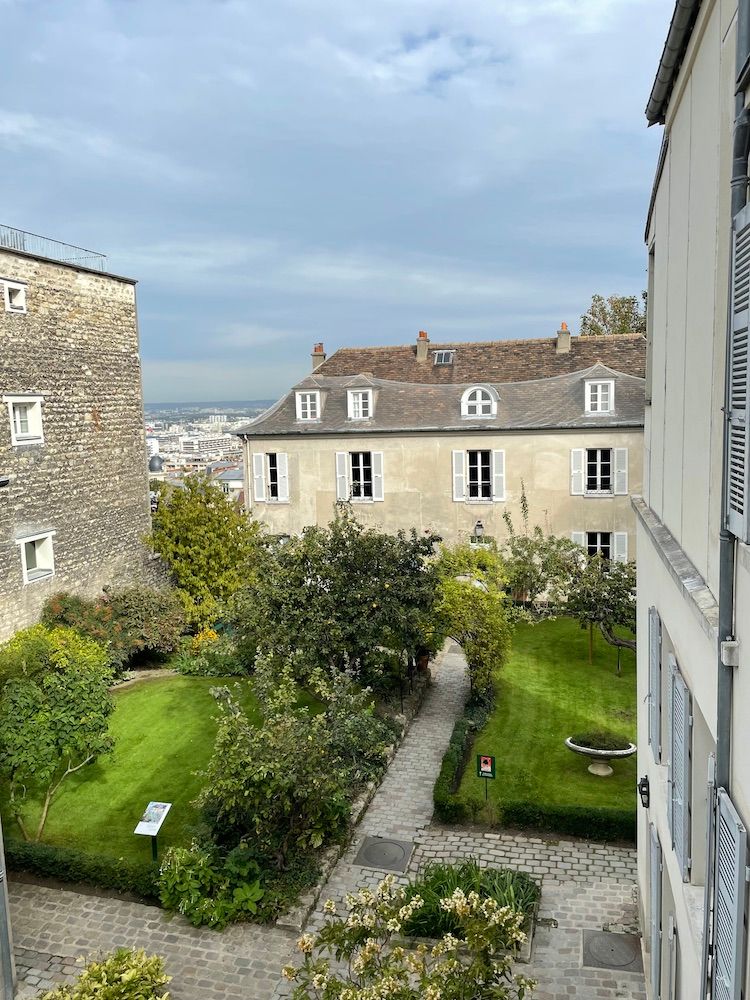
Which meant that while wandering the studio and apartment of Suzanne Valadon - by far the main attraction - I had the place to myself. Though the space has been recreated, the artist and the woman came alive to me.
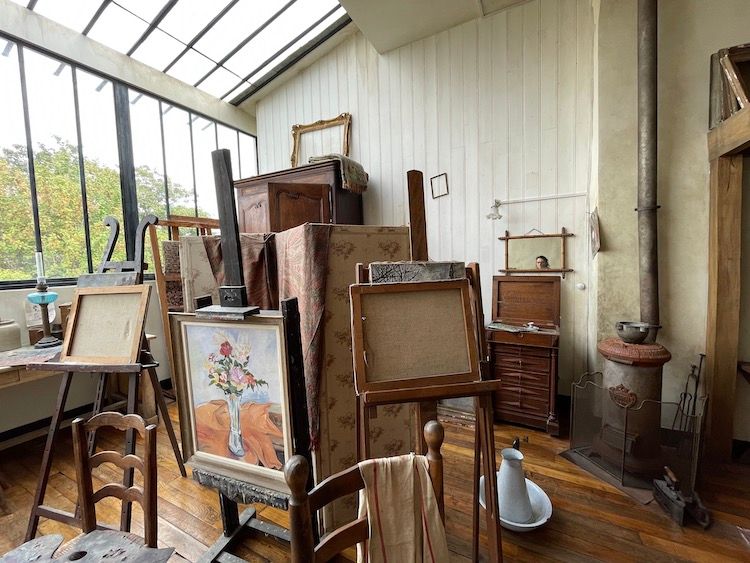
She was not a complete stranger. When I was a child, my mother took me to see the Impressionists and Post-Impressionists at The Art Institute of Chicago. We were looking at Montmartre scenes painted by Maurice Utrillo. “His mother was an artist too,” my mother – also an artist – said. “She would give him a wine-soaked cloth to suck on to keep him quiet while she painted. He was an alcoholic for the rest of his life. It was very sad.”
I'm not sure how old I was, but young/old enough for the story to both scare (surely my mother would never do that) and intrigue (there is a whole other world out there) me. The nameless woman stuck firmly in my memory bank.
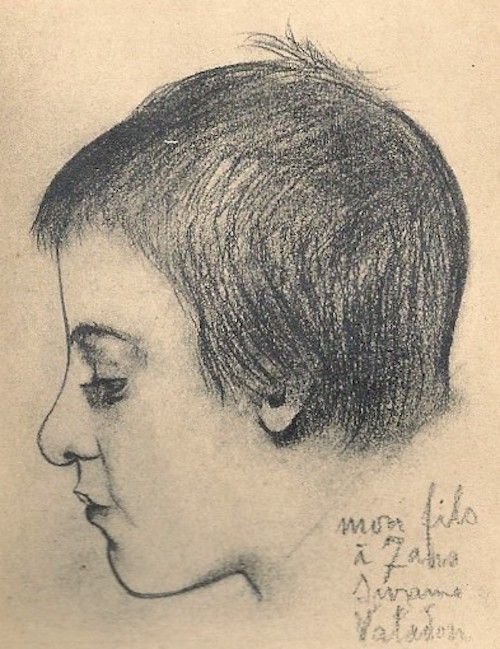
Suzanne Valadon, I learned yesterday, was that woman. Over the years, I'd seen the odd work by her at this museum or that, but I hadn't realised she was Utrillo's mother. Nor had I known anything about the more affirmative aspects of her intense, wilful life. Nor had I fully appreciated her compelling aesthetic - just look at the strong contours and fine shading in the above drawing of her son.
Daughter of a single-mother laundress, she was born in 1865 and grew up dirt poor in Montmartre. Determined to escape her mother’s fate, she trained as a trapeze artist, but an accident at 15 scotched plans for the circus. Instead Valadon became an artist’s model, posing for, among others, Puvis de Chavannes, Renoir and Toulouse-Lautrec.
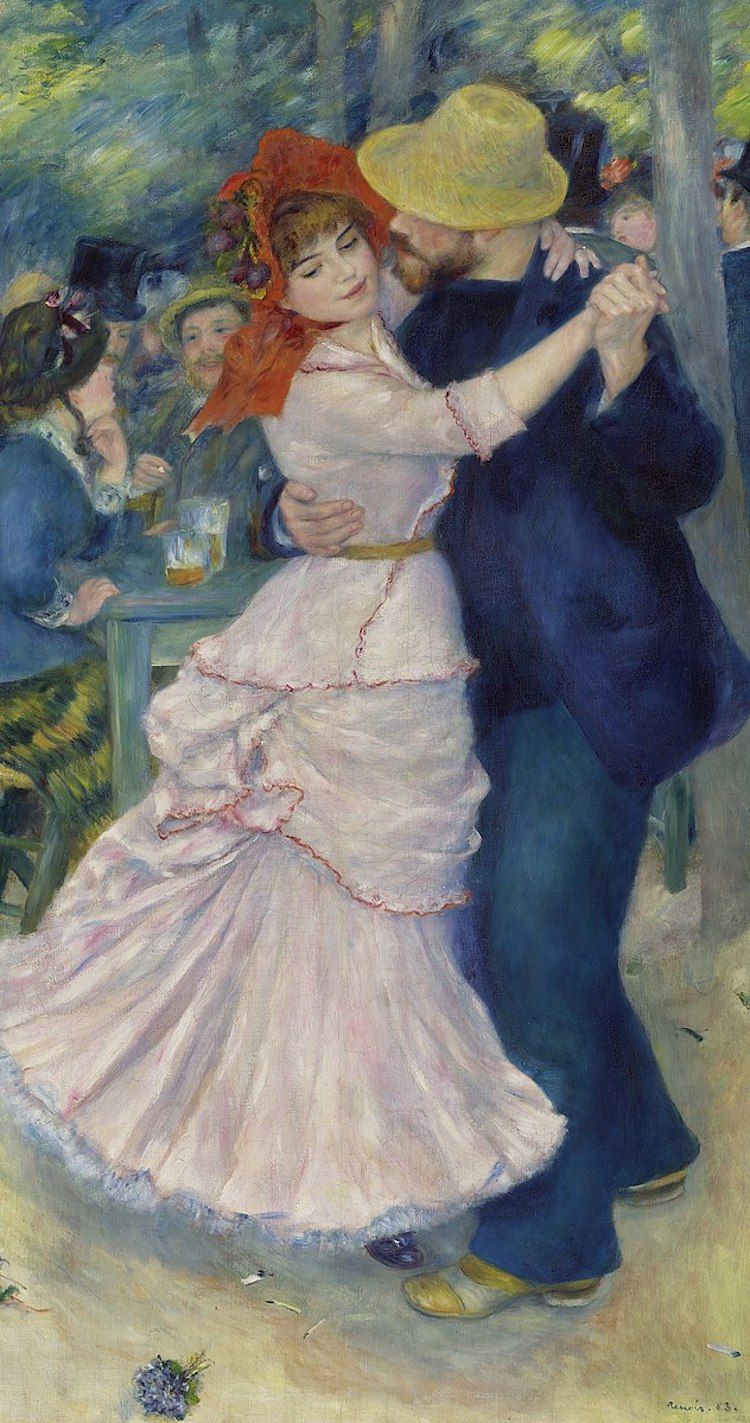
If her mind appears to be elsewhere in the above painting, it's probably because while posing she was observing Renoir's technique, teaching herself to become an artist in her own right. Her former employers became her peers and by 1894, with the help of the usually misogynist Degas, she was the only woman to exhibit at the annual Société Nationale des Beaux Arts. She subsequently participated in several Salons d'Automne and had many solo shows at Paris galleries.
She was just as determined to do as she liked in her love life. There was a turbulent affair with Toulouse-Lautrec. She broke the composer Erik Satie's heart. For a while she was married to a stockbroker, but her son's violent alcoholism led to divorce. Shortly thereafter she married André Utter, an artist friend of son Maurice and 21 years her junior. He became her manager, and the three lived together in the studio-apartment I visited.
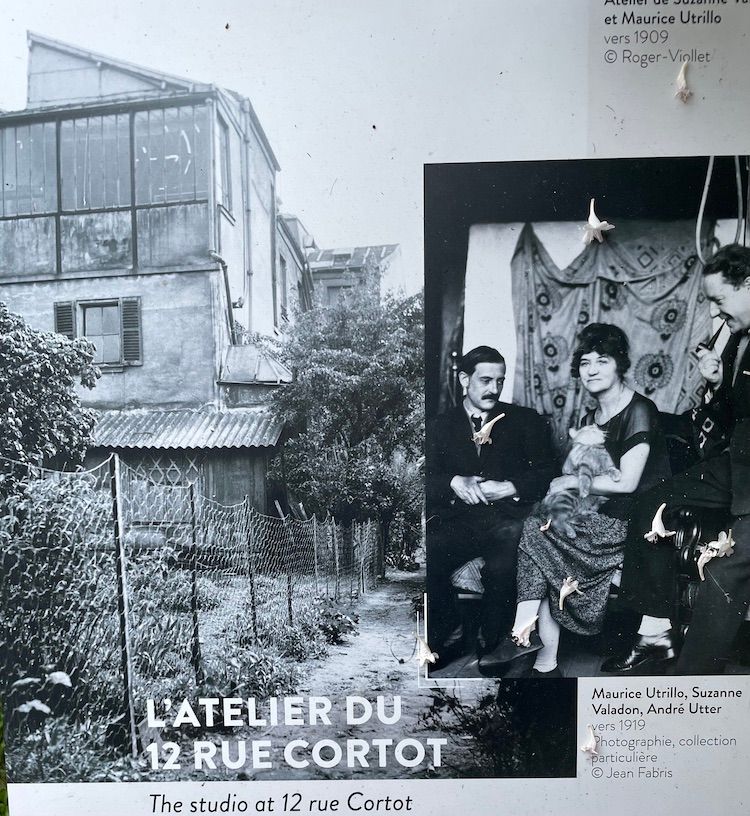
In Valadon’s work, you can see the influences of the painters from whom she learned - composition and postures reminiscent of Puvis de Chavannes, the rosy flesh of a Renoir - but her style is her own. She caught people in a moment of time as they stared both fixedly and absently into the distance. Look at her painting La Chambre Bleue…
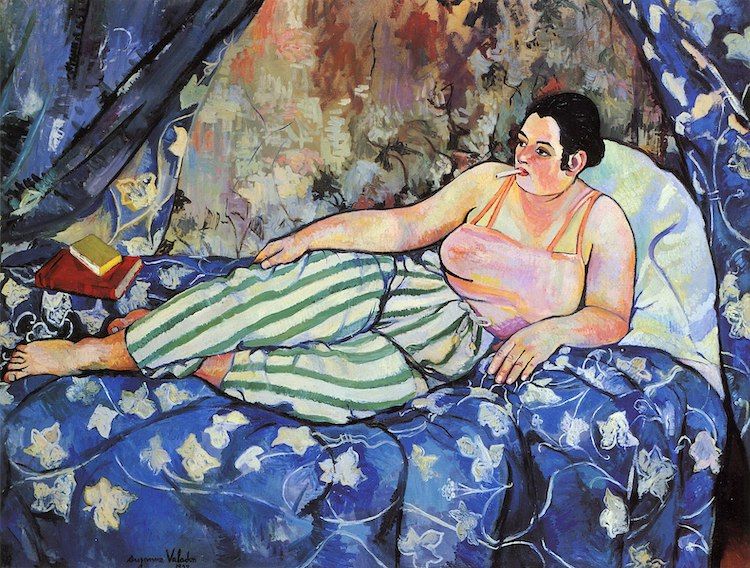
…where a woman is posed as an odalisque but oversized and dressed in a most un-feminine fashion, with a most un-lady-like fag hanging from her mouth. She was as plucky in her art as she was in her life.
Though she died in poverty, less renowned (unjustly!) than her son, Suzanne Valadon's single-minded, unconventional approach to living is a model to us all.
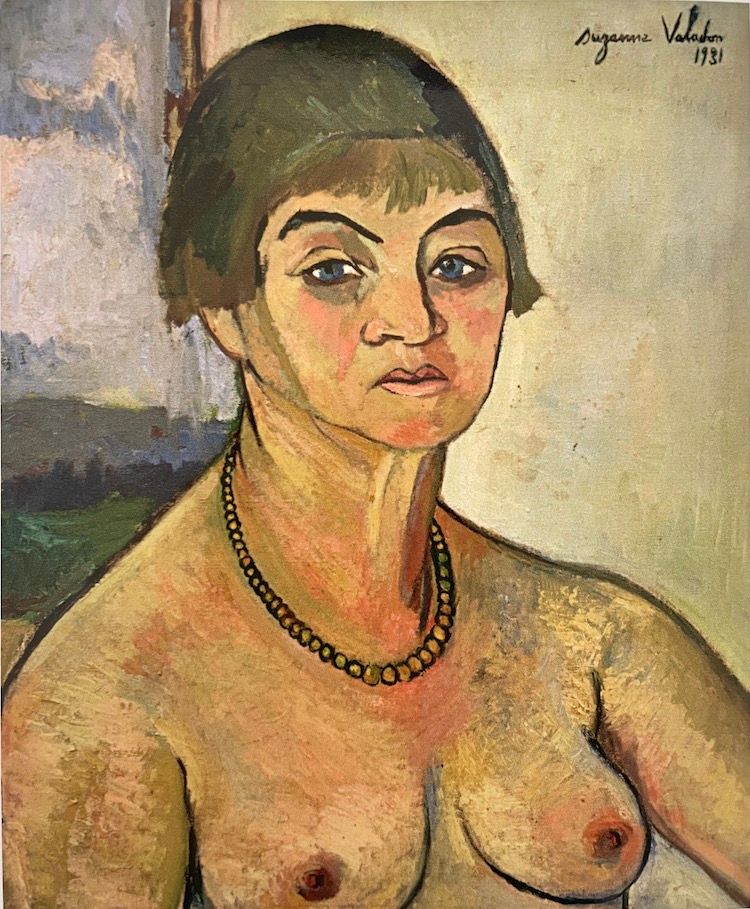
_____________
You can visit my website here and follow me on Instagram here